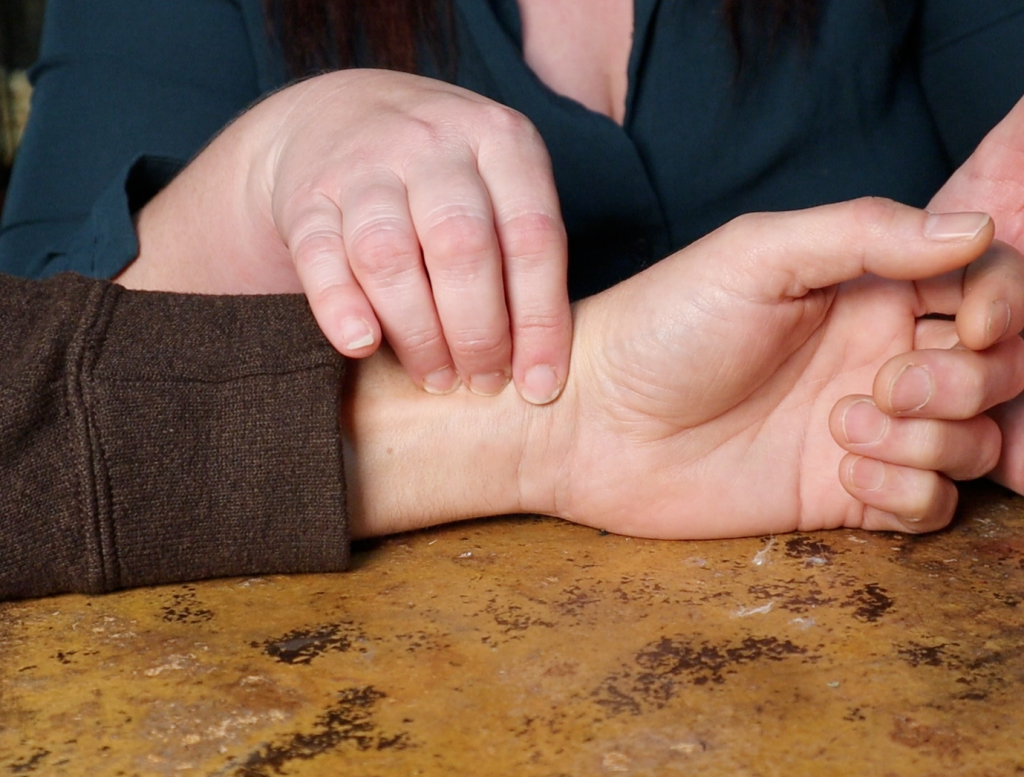Pulse Diagnosis
It might seem a bit strange that Chinese medicine practitioners focus so much on one area of your body. Pulse diagnosis isn’t woo woo or some mystical psychic reading, its one of the oldest diagnostic methods, and, provided the practitioner has skill, the most reliable source of information on your body. Pulse diagnosis tells your practitioner exactly where it is at right now. Everything you have done to yourself – foods you ate, exercise, drugs/medications taken…that’s all reflected in your pulse.
In a nutshell, herbs prescribed according your pulse diagnosis are exactly what your body is needing at that moment.

An ancient art from the Han Dynasty
Using a complex and systematic approach that relates directly to the Han Dynasty texts of Classical Chinese medicine, a practitioner feels the changes on the wrist pulse. The different shapes and changes of the radial artery reflect a snapshot of your body like a moment in time.

Common responses by patients experiencing pulse diagnosis for the first time is that it seems like a long time to take the pulse. In Chinese Medicine there are around 28 different kinds of pulses – these are different shapes, speed, length and depth. There are also 3 different positions on each wrists, 3 different depths as well as different organs represented on each wrist – so it’s much more complicated than simply counting the number of beats per minute. It takes years of attention to study and practice to become skilled enough to ascertain the right information.
The pulse is seen as the most accurate reflection of the effects of illness, and the state of your bodies yang, organs and functional systems. The pulse reflects everything that has affected your body at that moment – food, medication you’ve taken, stress, impact of the environment and your genetic makeup (constitution).
